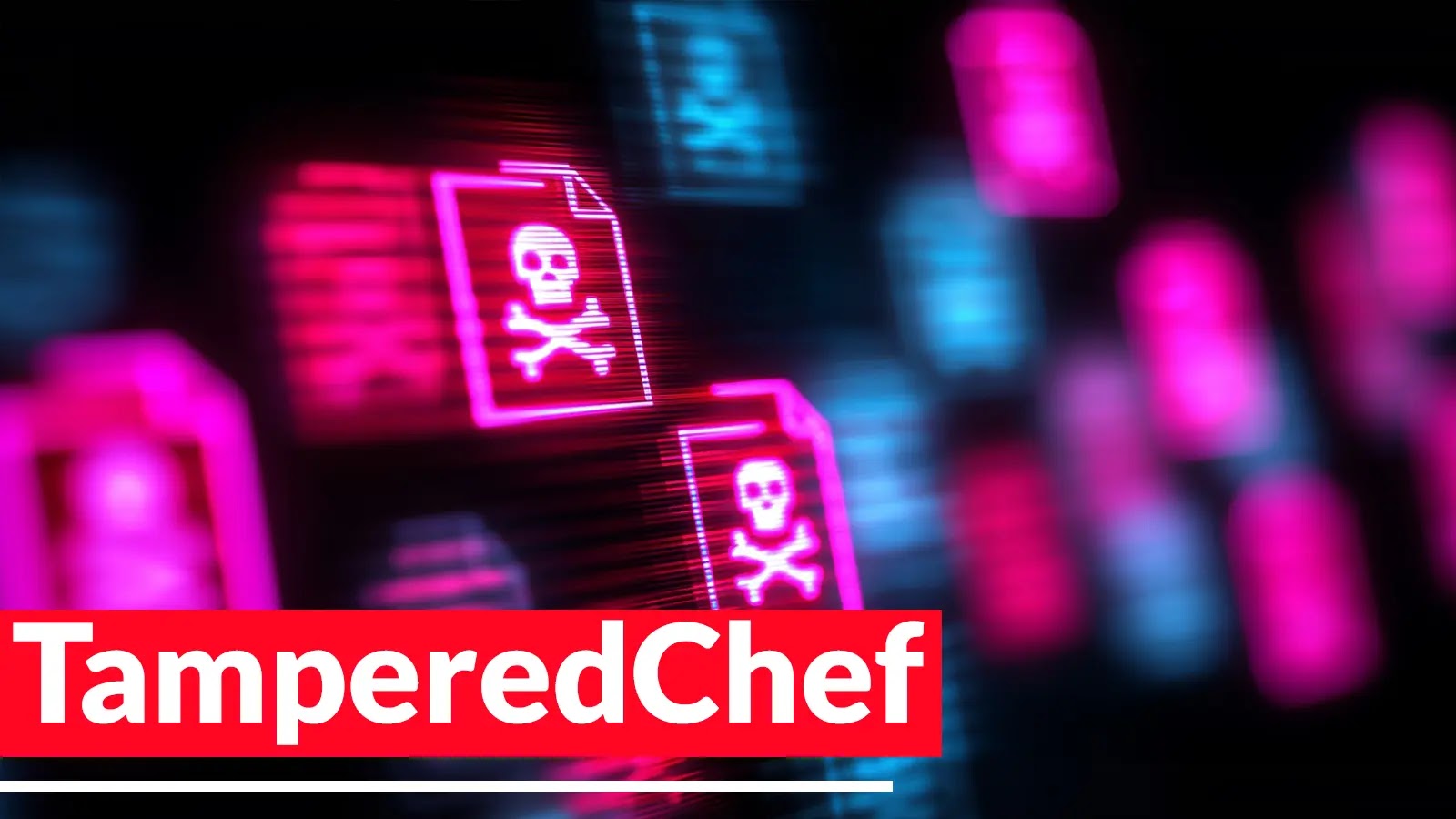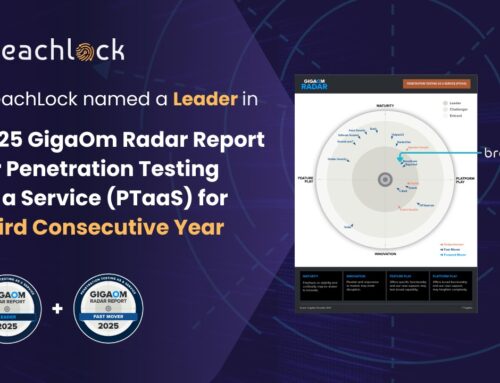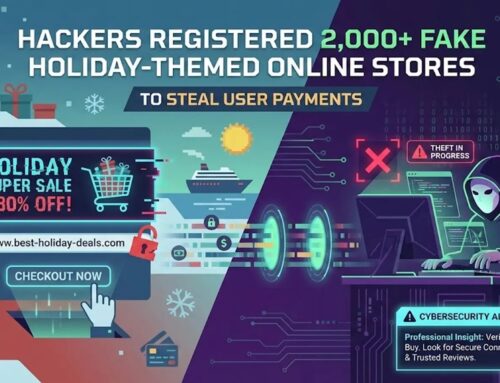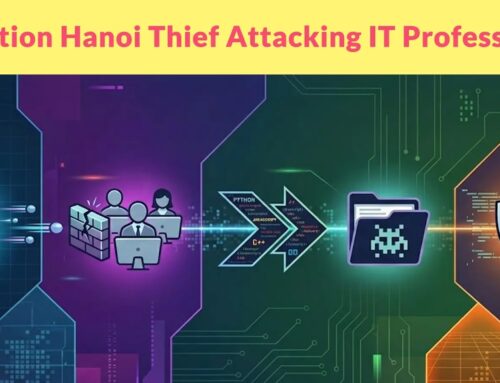
TamperedChef Malware as PDF Editor Harvest Browser Credentials and Allows Backdoor Access
Unmasking TamperedChef: The Deceptive PDF Editor Hijacking Your Browser Credentials
The digital landscape consistently introduces new threats, and a recent surge in malvertising campaigns highlights a particularly insidious one: TamperedChef malware. This sophisticated threat masquerades as a legitimate, fully functional PDF editor, specifically “AppSuite PDF Editor,” to ensnare unsuspecting European organizations and individuals. The immediate danger lies in its ability to harvest browser credentials and establish backdoor access, posing a significant risk to data security and operational integrity.
How TamperedChef Deceives and Delivers Its Payload
TamperedChef leverages convincing advertisements to lure victims into downloading what appears to be a legitimate PDF editing application. The initial installation process even exhibits expected functionalities, giving users a false sense of security. This deceptive approach is a cornerstone of its effectiveness. Instead of an immediate malicious payload, TamperedChef patiently establishes itself, observing and gathering crucial information before striking. The malware’s ability to imitate a genuine application so closely makes it particularly challenging to detect using traditional methods, as users might not suspect foul play until it’s too late.
The Malicious Capabilities of TamperedChef
Once established, TamperedChef’s true nature emerges. Its primary objectives include:
- Browser Credential Harvesting: The malware is designed to meticulously extract sensitive information stored within web browsers, including usernames, passwords, and potentially session tokens. This data can then be used to gain unauthorized access to various online accounts, from email and social media to banking and corporate portals.
- Backdoor Access: Beyond credential theft, TamperedChef establishes a persistent backdoor on the compromised system. This backdoor grants attackers remote access and control, allowing them to execute arbitrary commands, exfiltrate additional data, deploy further malware, or maintain a long-term presence within the victim’s network.
- Geographic Targeting: The current campaign appears to be specifically targeting European organizations and individuals, indicating a calculated focus by the attackers to exploit specific geopolitical or economic vectors within the region.
Remediation Actions and Proactive Defense
Protecting against sophisticated threats like TamperedChef requires a multi-layered approach involving technical controls, user education, and rapid incident response. Here are key remediation actions and proactive measures:
- Educate Users on Malvertising: Conduct regular awareness training to educate employees about the dangers of malvertising, phishing links, and suspicious software downloads. Emphasize verifying software sources.
- Implement Strong Endpoint Detection and Response (EDR) Solutions: EDR tools can help detect and respond to suspicious activities indicative of malware, even if the initial installation appears benign.
- Utilize Application Whitelisting: Restrict the execution of unauthorized applications to only those explicitly approved. This can prevent TamperedChef and similar malware from running on endpoints.
- Deploy Advanced Browser Security: Implement browser security extensions and configurations that flag suspicious downloads or block access to known malicious websites.
- Regularly Update Software and Operating Systems: Ensure all software, especially operating systems, web browsers, and security solutions, are kept up-to-date to patch known vulnerabilities that malware might exploit.
- Enforce Multi-Factor Authentication (MFA): MFA significantly reduces the impact of stolen credentials by requiring an additional verification step for login access.
- Perform Regular Backups: Maintain comprehensive and tested backups of critical data to minimize the impact of data loss or encryption in a worst-case scenario.
- Network Segmentation: Isolate critical systems and data on separate network segments to limit the lateral movement of malware once a system is compromised.
Detection and Analysis Tools
Effective detection and analysis are crucial for identifying and mitigating the impact of TamperedChef and similar threats. Here are some relevant tools:
| Tool Name | Purpose | Link |
|---|---|---|
| Endpoint Detection & Response (EDR) | Real-time monitoring, threat detection, and response on endpoints. | Various commercial solutions (e.g., CrowdStrike, SentinelOne) |
| Threat Intelligence Platforms (TIPs) | Aggregates and analyzes threat data to identify new campaigns and indicators of compromise. | Various commercial/open-source (e.g., MISP, Anomali) |
| Network Intrusion Detection/Prevention Systems (NIDS/NIPS) | Monitors network traffic for suspicious patterns and actively blocks malicious activity. | Various commercial/open-source (e.g., Snort, Suricata) |
| Sandboxing Solutions | Analyzes suspicious files and URLs in an isolated environment to observe their behavior. | Various commercial/open-source (e.g., Any.Run, Cuckoo Sandbox) |
Key Takeaways for a Secure Digital Environment
The rise of TamperedChef underscores the increasing sophistication of cyber adversaries. Their willingness to invest in creating seemingly legitimate applications to gain unauthorized access demands a proactive and vigilant security posture. Organizations and individuals must prioritize robust security awareness training, implement advanced endpoint and network security solutions, and maintain a robust incident response plan. By understanding the tactics of threats like TamperedChef, we can better protect our digital assets from malicious exploitation.





